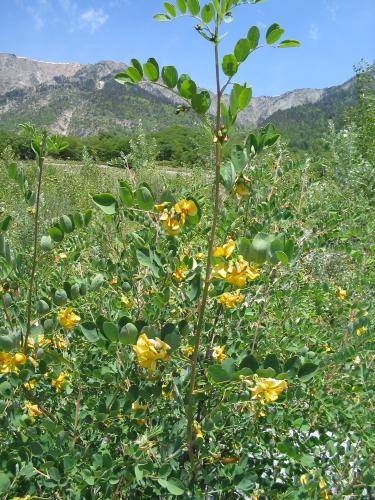Iolana iolas
Refresh page if pictures don't load fully:

Male, Switzerland, June 2014

Male, Switzerland, May 2018

Male, Switzerland, May 2018

Male, Switzerland, May 2016

Male, Switzerland, May 2016

Female, Switzerland, May 2017

Female, Switzerland, May 2017

Male, Switzerland, May 2006

Male, Switzerland, May 2008

Male, Switzerland, May 2006

The habitat - a bladder senna bush

Female, Switzerland, May 2007
There is a video of this female laying eggs HERE

Female, Switzerland, May 2007

Female, Switzerland, May 2007

Female laying in the calyx of bladder senna, Switzerland, May 2007

Female laying in the calyx of bladder senna, Switzerland, May 2007

Male, Switzerland, May 2005

Male, Switzerland, May 2005

Male, Switzerland, May 2005

These are the seed capsules of bladder senna, in which the caterpillars grow.

This is a bladder senna bush with almost all the flowers developed into seed pods...

... while this is another, in the same site, on the same day, with mostly flowers. The male blues show much more interest in these yellow bushes.

Distribution